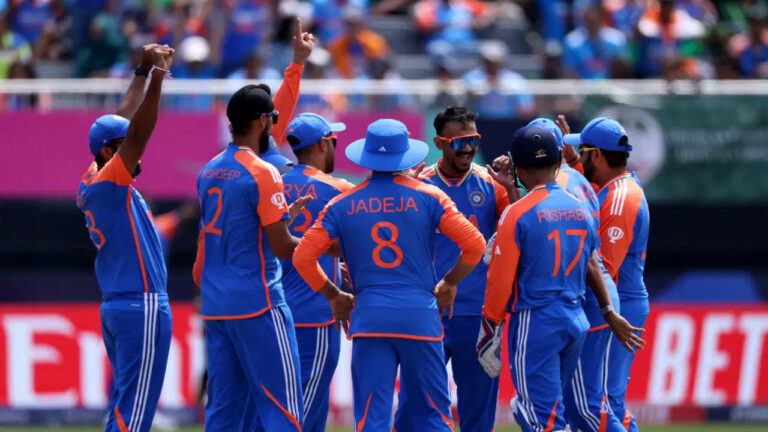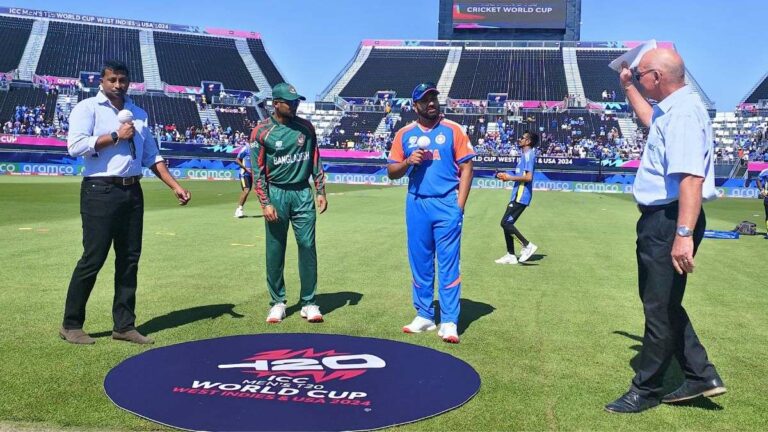Innovations in Cricket Match Scheduling
11xplay com, laser247, Skylivecasino Signup:Cricket Match Scheduling: Embracing Innovation
Cricket, a beloved sport with a rich history, has seen many changes and innovations over the years. One area that has seen significant improvements is match scheduling. Gone are the days when cricket matches followed a rigid format with little room for flexibility. Today, innovations in match scheduling have revolutionized the way games are played, making them more exciting and accessible to fans worldwide.
In this article, we will explore some of the latest innovations in cricket match scheduling and how they have transformed the game. From the introduction of new formats to the use of technology to streamline scheduling processes, the world of cricket has never been more dynamic.
Evolution of match formats
One of the most significant innovations in cricket match scheduling has been the introduction of new formats. Traditionally, cricket matches were played in the Test format, which could last up to five days. While Test cricket remains popular, the introduction of limited-overs formats such as One Day Internationals (ODIs) and Twenty20 (T20) matches has brought a new level of excitement to the game.
ODIs, with their limited overs and faster pace, have become a favorite among fans who prefer shorter matches. T20 matches, with their even shorter duration and emphasis on aggressive batting, have further increased the popularity of cricket, especially among younger audiences.
Innovative scheduling
To accommodate these new formats and cater to the demands of modern audiences, cricket boards and organizers have had to be more creative with their scheduling. One of the most significant innovations has been the introduction of multi-format series, where teams compete in Test matches, ODIs, and T20 matches over a short period.
These multi-format series allow teams to showcase their skills across different formats and provide fans with a variety of matches to enjoy. By scheduling matches in this way, cricket organizers can maximize the appeal of the sport and attract a broader audience.
Global scheduling
Another important innovation in cricket match scheduling has been the globalization of the sport. In the past, cricket matches were mainly scheduled between teams from traditional cricket-playing nations such as England, Australia, and India. However, in recent years, cricket boards have made a concerted effort to expand the sport’s reach and promote it in new markets.
This has led to the scheduling of matches between non-traditional cricket-playing nations, such as Afghanistan, Ireland, and Nepal. By including these teams in the international cricket calendar, organizers have not only made the sport more inclusive but have also helped to grow its global fan base.
Technology in scheduling
Technology has played a crucial role in revolutionizing cricket match scheduling. With the advent of sophisticated scheduling software and algorithms, organizers can now create comprehensive match schedules that take into account various factors, such as team availability, venue availability, and fan preferences.
Moreover, technology has made it easier for fans to follow cricket matches, with live streaming, mobile apps, and social media updates providing real-time information on match schedules and results. This has made cricket more accessible to fans around the world and has helped to increase the sport’s popularity.
Future trends in cricket scheduling
Looking ahead, it is clear that cricket match scheduling will continue to evolve and adapt to the changing needs of fans and players. One trend that is likely to gain traction in the future is the scheduling of matches in non-traditional venues, such as neutral locations or smaller stadiums.
Additionally, with the rise of franchise-based T20 leagues such as the Indian Premier League (IPL) and the Big Bash League, organizers may look to schedule more domestic T20 matches alongside international fixtures. This could provide players with more opportunities to showcase their talent and give fans more matches to enjoy throughout the year.
FAQs
Q: How do cricket boards decide on match schedules?
A: Cricket boards take into account various factors when deciding on match schedules, such as team availability, venue availability, and fan preferences. They also work closely with players, coaches, and broadcasters to ensure that matches are scheduled in a way that maximizes the sport’s appeal.
Q: Can fans influence cricket match schedules?
A: While fans do not have a direct role in scheduling cricket matches, their preferences and feedback are often taken into account by cricket boards and organizers. By engaging with fans through social media polls, surveys, and other channels, organizers can better understand what fans want and tailor match schedules accordingly.
Q: How has technology changed cricket match scheduling?
A: Technology has revolutionized cricket match scheduling by providing organizers with sophisticated scheduling software and algorithms that can create comprehensive match schedules. Additionally, technology has made it easier for fans to follow matches through live streaming, mobile apps, and social media updates.
In conclusion, the world of cricket match scheduling is constantly evolving to meet the demands of modern fans and players. From the introduction of new formats to the use of technology to streamline scheduling processes, cricket organizers are embracing innovation to make the sport more exciting and accessible than ever before. As we look to the future, it is clear that cricket match scheduling will continue to adapt to the changing landscape of the sport, providing fans with more opportunities to enjoy the game they love.






